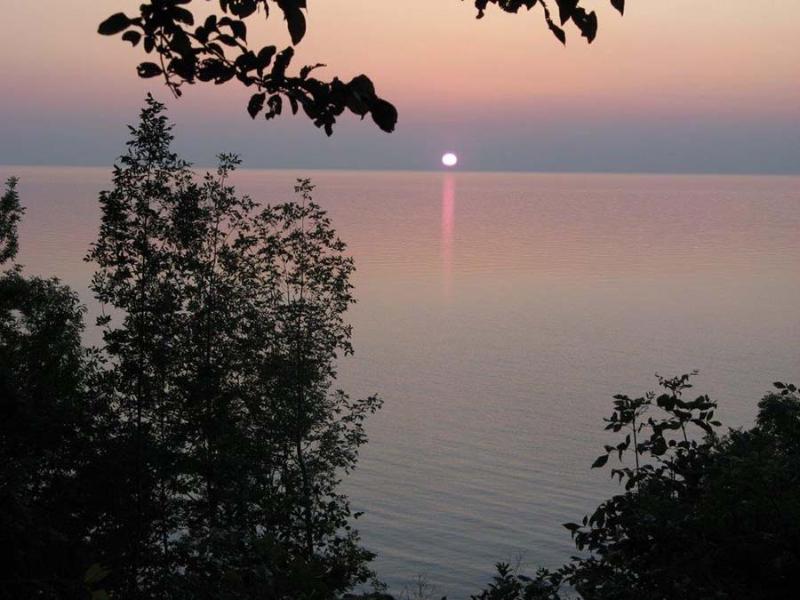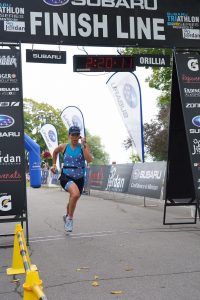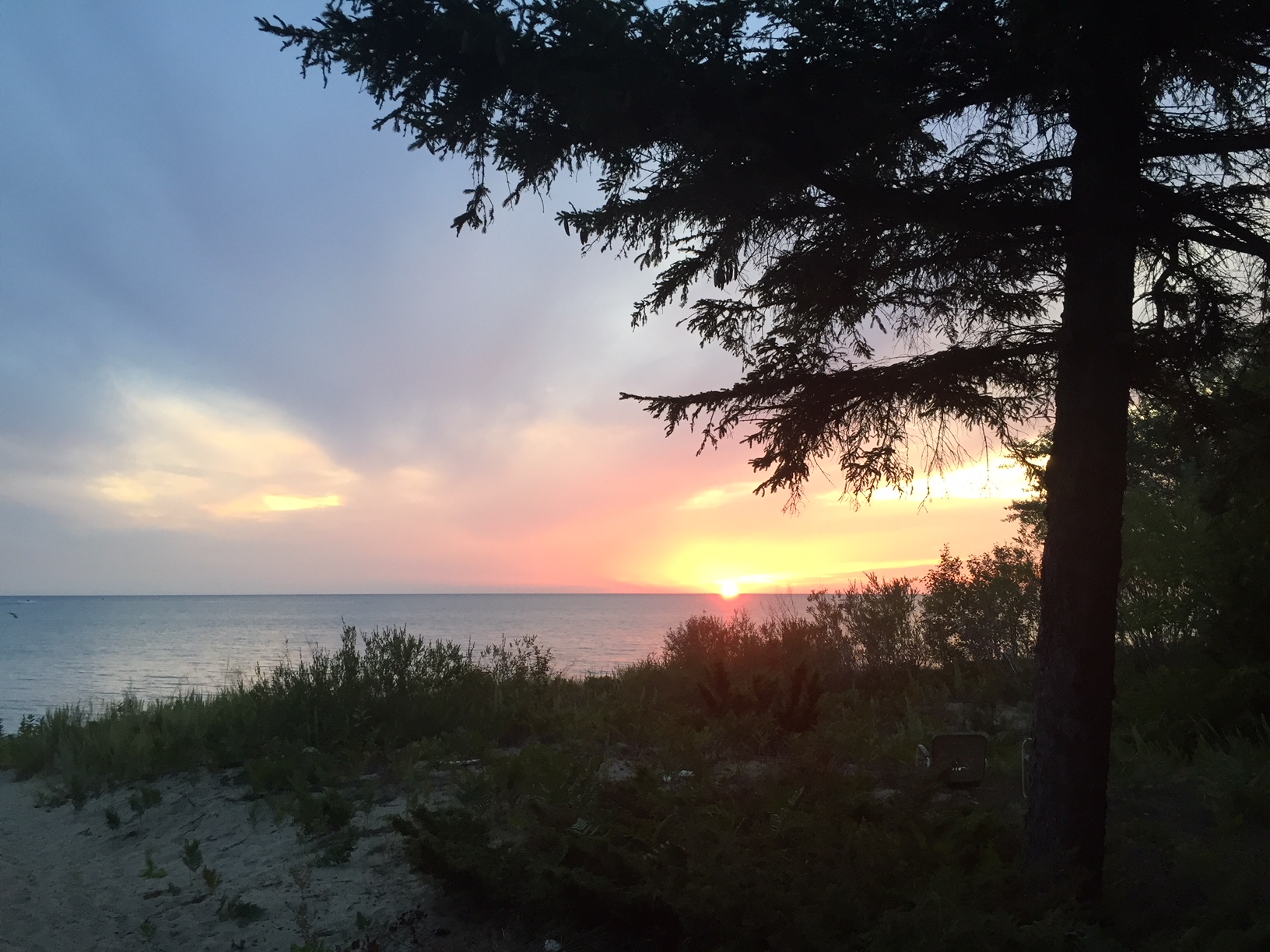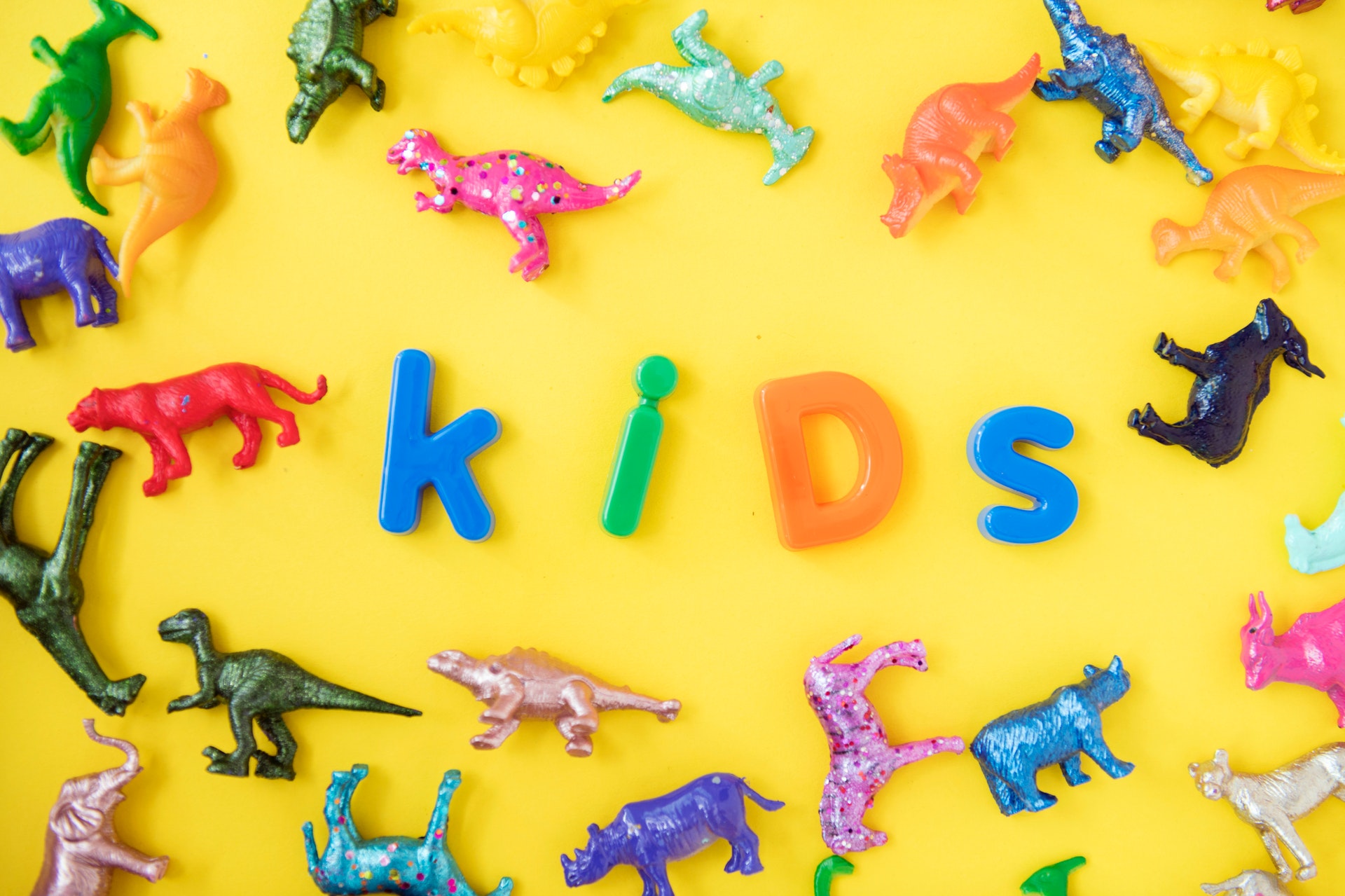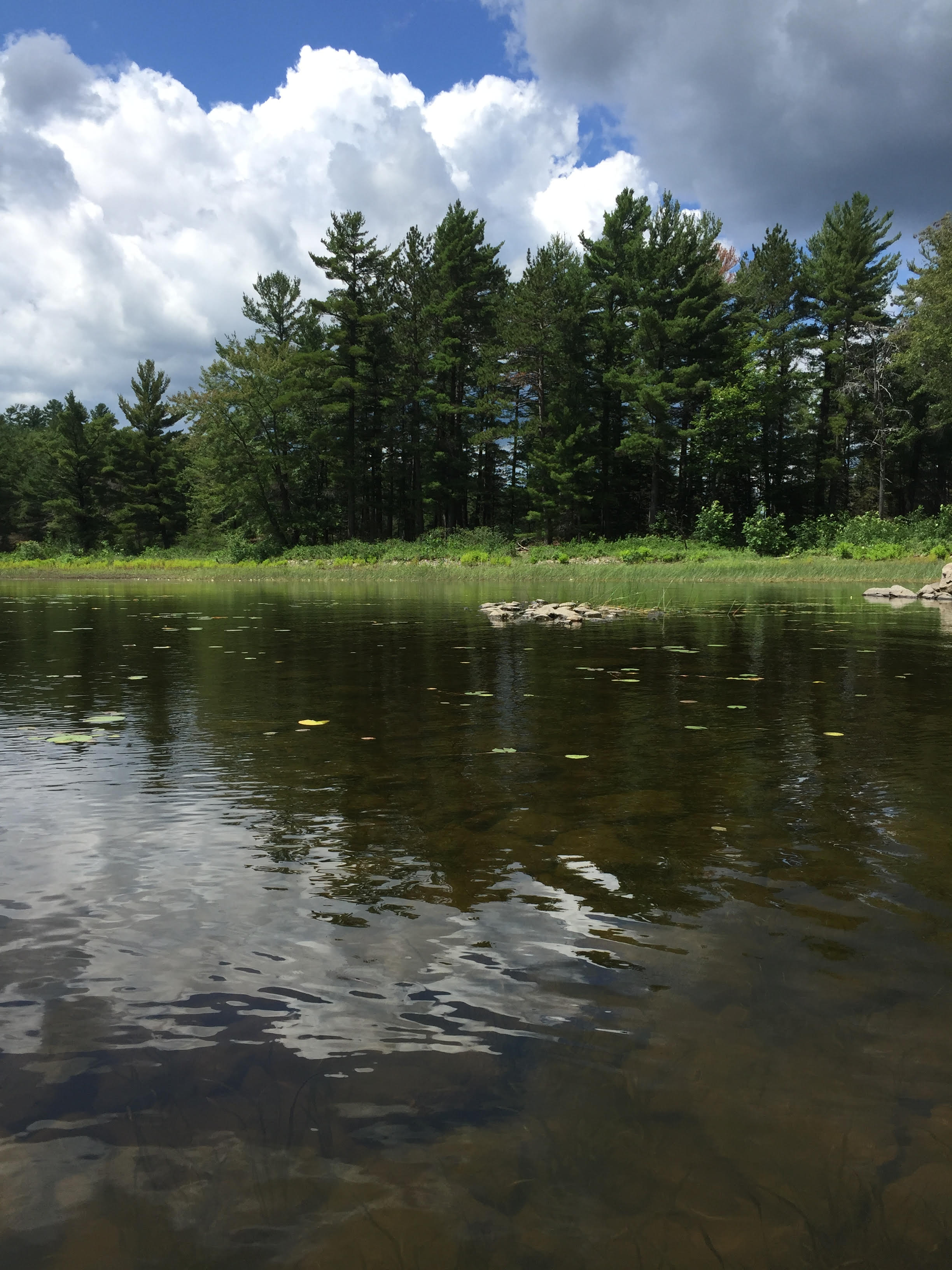You know the expressions “weary to the bone” or “bone-tired”? At a particularly low moment, standing in my kitchen, listening to my kids fighting, I thought to myself, parenting can be like that. What I mean is: as the parent, you are stretched to your limit, past your limit; every personal boundary has been breached and you are sucked dry by your children and their incessant needs. I’m labelling these moments of utter exhaustion as bone parenting as that was the term that floating into my mind, standing in the kitchen, on the brink of experiencing such a moment.
Have you read the illustrated children’s book Have You Filled a Bucket Today? My kids loved that book for a long time, and it was read to them over and over. Filling a bucket boils down to acts of kindness and love. Bone parenting is the opposite of filling someone’s bucket. Bone parenting is the well gone dry. In our home, bone parenting occurs most frequently in the absence of one parent.
Maybe your home-life scenario looks like mine, and you have a spouse who travels frequently for work. Your moment of depletion arrives mid-week, when you’re alone, but not at 11 p.m. when the first child cries out in the night, or at 1:30 a.m. when the dog barks to be let out after the thunderstorm passes that kept everyone awake; those aren’t the moments that break you. That’s just regular life. Parenting at its purest. Expecting the unexpected. No, the bone parenting moment happens the next morning after the 4 a.m. something-happened-but-you-can’t-remember-what, and the 5:15 a.m. wake-up of the first and subsequently the second and third child, and nobody is going back to bed after the late bedtime, and now it’s quarter to six in the morning and you just want to soak in those last fifteen minutes before you really should get up. But those moments are ruined. Stolen. There’s a child creeping around and you’re worried someone’s going to pee on the floor. Now all the children are in your bed, your peaceful haven no more, and you’re wide awake. Your morning ritual is five solitary minutes to quickly check your phone. Weather. Email. Socials. Quick check. This habitual wake-up routine means so much to you. Such a simple thing. Taken. Two children are quarreling next to you. On top of you. This does not bode well for the start of a day.
You’re up! Because you have to be and because you’re the only one. The three children mope around, groggy and cantankerous. The big one’s been sleeping with the little one and that should never happen. Sleep schedules have been disturbed; the least of which being yours.
Then breakfast isn’t on the table quick enough, and not that shirt! And, No! I don’t want to brush my hair! I don’t have to go potty! And whine, whine, whine. A tussle in the family room over a blanket at 6:30 a.m. – good heavens! You’re waiting for one of them to drop a bucket back in the well, but they just keep emptying and emptying until you’re bone-dry.
But this day, it’s as if, at the moment I’ve been emptied out, my children have an internal radar for detecting my need for a reprieve; they understand intuitively that I cannot run on empty. That I will die of thirst. Mom’s getting low. Sure, sometimes they’ll push me further, to the point that I erupt (my issue, not theirs), but not today. Today, all three children are finally, somehow, magically dressed. Elyse is brushing out her hair and eating her bagel. Penelope is wearing her pull-up and sitting on the couch reading books. Ariel takes the dog out for a walk down the street like I asked her to. The well begins to refill and I can breathe again. I can have compassion for my tired little munchkins. I can finish making their breakfasts and lunches and packing their bags. I can make sure they have every little thing they need, including hugs, and then, somehow, we can manage to arrive at school ten minutes early.
Bone parenting moments aren’t really about what your kids are doing – be it smashing each other over the head with hockey sticks or doing a potty squat in the corner on the carpet in their room (or worse, your room) – it’s how you as the parent are feeling on the inside and how you choose to react – or not – in these trying situations.
Here are my survival strategies for when the going gets tough and I’m an inch away from parenting to the bone. Here’s how to fill up when water levels drop:
Crank the Tunes. Generally, if I’m feeling a bit blah with the kids, it’s because our house is too quiet. A travelling spouse means a lack of adult conversation if you’re home most of the day like I am. I like to fill the empty banter space with music. Kids and adults alike love music. People love music. Dan and I have moulded our kids’ musical tastes which range from Hip Hoppy Flow Rider to Top 40 Beyoncé, to musical soundtracks like Phantom of the Opera, Les Mis, The Lion King and Momma Mia. I put on music I want to listen to and blast it, which often puts all of us in a better mood. Water levels rise.
Get Silly. Listening to music can lead to silliness, but so can good ol’ plain silliness. Tag. A protruding tongue. Being silly with my kids helps to keep the mood light, even when I’m feeling overwhelmed by tasks. For example, yesterday before dinner, I was running through my house showing my kids how to do a hurdle before a tumbling line. I was doing poorly-executed split jumps and lifting my kids high up in the air and dropping their little noggins down close to the floor. They loved it.
Get In Touch. Getting physical and being playful with young children is essential to their wellbeing. Rough housing. Hugs, kisses, snuggles. We all need to be held. Some of the worst freak-outs I’ve experienced have been diffused with a simple hug. Without having to say a word, just being there with open arms. Even a gentle pat on the leg, when timed correctly, can console or even put a child to sleep. Our inclination as adults is to solve problems by talking them out and sometimes that works and is necessary, but as a mom, I swear by hugging. Hugs lower adult stress, too.
Get out for a run. If you have the luxury of a gym membership with child care or a treadmill in your home – use it! If the kids are in daycare or school, even better. The single greatest thing I do for my own mental health is to get out for a run. Running fills my bucket every time. Don’t have those options? Exchange babysitting with a neighbour. Then get out there and find your peace, swim in it. Running is the equivalent of my mind plunging into a lake. Refreshing and invigorating. If this is all crazy talk to you, strut your stuff outdoors instead and take in some fresh air.
Embrace the suck. Losing a parenting partner temporarily is going to hurt, but even more so if you think it is. Whaaat? See what I did there? Our expectations greatly impact our behaviour (there’ve been studies). I’ve been working on loosening my expectations of myself and what I can reasonably accomplish while Dan’s away and striving to be gentler on myself, especially when I’m having a bone parenting moment where all I want to do is scream. Maybe flee. Maybe scream while fleeing. Yep, that sounds about right.
If all else fails, Freak Out! This is a weird one, because it’s very much a cathartic-in-the-moment release, and I really wouldn’t recommend it as a habit, but sometimes you just need to freak out a little bit and show your kids that yes, you too are human. I’m not talking about ripping off doors and going ape shit, I’m talking about letting out a little shout of frustration and then explaining to your kids how you’re feeling and why you’re freaking out. If your kids are pissing you off, they deserve to know! How else are they going to change their behaviour if you don’t explain how it makes you feel? Tone and delivery matter here. Caution: if you overuse this strategy, it will completely lose its effect.
If you get really desperate, you can always throw the kids in the car and go for a drive to your favourite café with a drive-thru, or make a quick phone call to your favourite take-out place and get it delivered. We’ll call it food therapy. Desperate times call for desperate measures. Treat yourself.
Whatever your coping mechanisms as a parent, remember that at some point your absent spouse is coming back…they are coming back, aren’t they? And that if you look for it, your kids will probably do something cute that might just put a little splash back in that bucket. Messages of gratitude from the absence spouse certainly help. One such text came in from Dan saying how much he appreciates the work I do for our family in looking after our children while he’s away, ending with a note of high praise, “You’re the best.”
“You’re the best, too!” I texted back. “Now come home and take care of me.”


